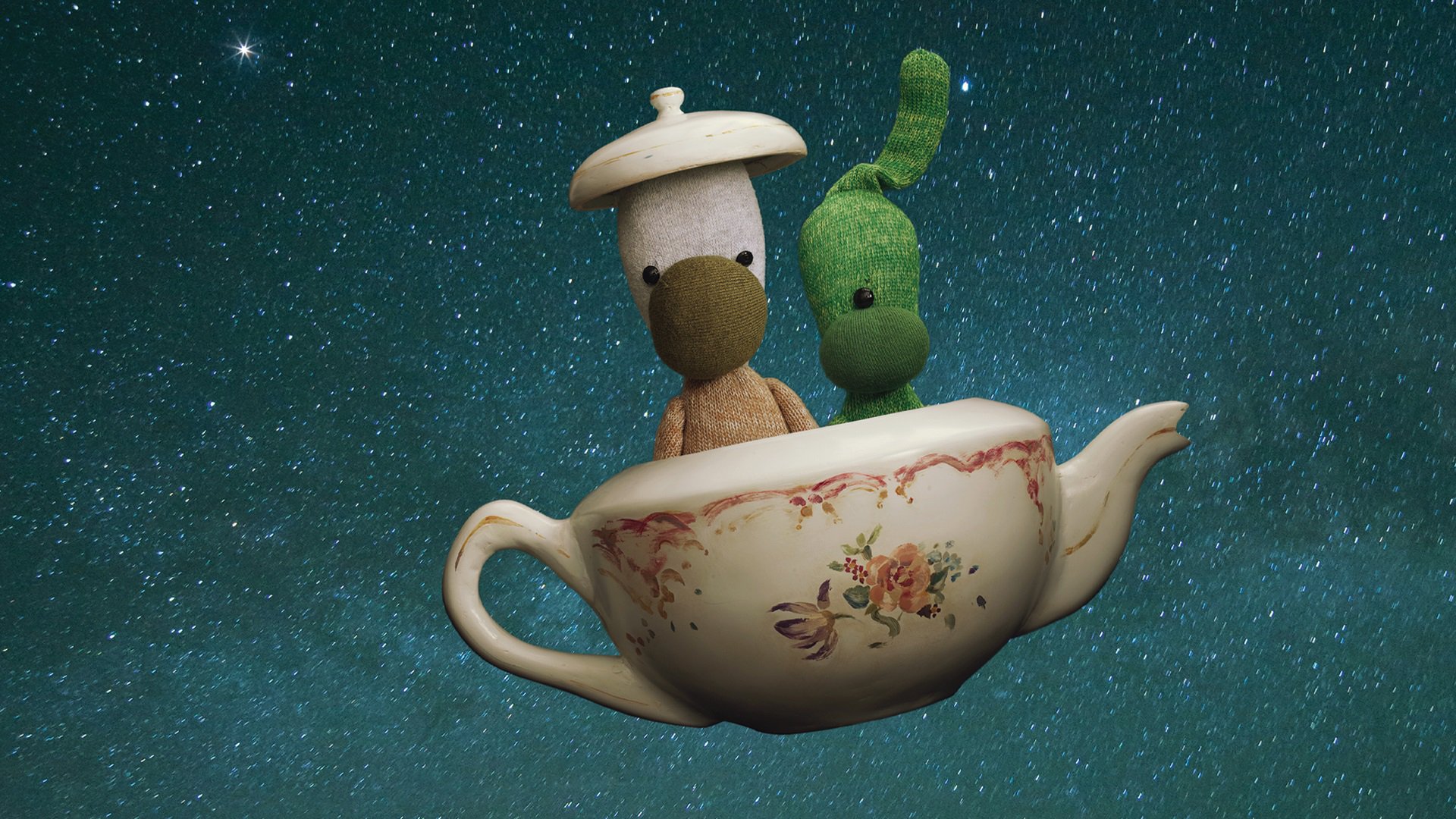DNA damage
Space is not really a welcoming place for most organisms. In addition to the lack of oxygen, the amount of radiation is a major threat. This radiation leads to DNA damage that can accumulate until cells no longer function as they should. We humans protect ourselves in space with advanced space suits that block some of the radiation. But it's not just us humans that have found smart ways to protect us from radiation.
Nuclear fungus
For example, the fungus Cladosporium sphaerospermum, discovered around Chernobyl, is known for its exceptional radiation resistance. Surviving the severely radioactively polluted area is a daily activity for this fungus. Recent research now shows that he can perform the same trick in space. The fungus was taken to the ISS and observed there for 30 days. The result? The Cladosporium can not only survive but can keep growing. To accomplish this unusual feat, the Cladosporium possibly exploited a new type of metabolism that scientists have speculated about for some time: radiosynthesis. This is a hypothetical metabolic process in which a small group of melanin containing fungi, the same melanin that determines our skin color, could use this pigment to harvest energy from radiation for growth.
Neil Armstrong of Microbes
The water bear is perhaps the best-known space explorer among microbes. Not only has a whole range of space experiments been conducted with them, they have also been found hitchhiking during an inspection of the outside of the ISS. Another group of tardigrades even ended up on the moon after
the crash
of an Israeli moon lander.
Some species of water bears may be able to withstand the conditions in space even better due to the
stronger UV shield
that we recently wrote about. The bear is only protected from the hostile conditions of space when it enters a state of cryptobiosis. This puts the water bear in a kind of hibernation where it brings its metabolism to a standstill and shrinks into a small package.
Bacterial survivor
Of course, bacteria could not afford to be left behind in the microbial space race. There are even theories that hypothesize that extremophilic bacterial-like microbes already went on space trips long before us humans. Maybe not such a strange idea, because they are excellent survivors. Recently, Japanese researchers conducted a test in which the bacterium Deinococcus radiodurans was applied to a panel outside the ISS by a robotic arm. There, bombarded with radiation in a vacuum, they lasted a whopping three years. An outer layer of dead cell material appeared to mitigate the first barrage of radiation. The consequences of DNA damage from the still formidable amount of radiation that remained were minimized by having more copies of their DNA than other bacteria. Are there too many errors in one of the copies? Then there are up to nine other sets to read from.
Mars, made possible by microbes?
Scientists don't just conduct microbial research in space for their own pleasure. The radiation is a real threat to astronauts, especially if they are exposed to it for a longer period of time. For example, on a future mission to Mars, the astronauts would spend much more time in the radiation than on short flights. Let alone if they would like to stay on the surface for a while. In order to better protect astronauts now and in the future, innovative radiation-resistant materials will have to be found. Maybe microbes can show us the way. Who knows, in the future we might use a thick layer of C. sphaerospermum fungi as a shield for our base on Mars.
Do you prefer to explore space from an easy chair instead of an uncomfortable Soyuz rocket? Then don’t hesitate to attend a show in the ARTIS-Planetarium.

